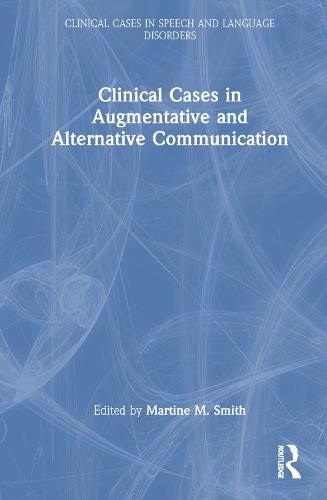Clinical Cases in Augmentative and Alternative Communication provides a concise introduction to the rapidly expanding field of augmentative and alternative communication (AAC). It brings together internationally renowned experts in the field to discuss its application and outline key principles of intervention to support communication using AAC.
Carefully grounded in evidence-based clinical practice, the book highlights the diversity of potential applications for AAC across a wide range of client groups, including children and adults with developmental disabilities, as well as adults with acquired impairments. Most of the chapters are structured as case reports following CARE guidelines and highlight key principles for intervention that are grounded in clinical practice. The chapters also include reflections on communication through AAC and the valuable contributions that AAC can make in supporting independence and enhancing quality of life.
This accessible book is ideal reading for students, novice clinicians in the fields of speech and language therapy or pathology, and professionals who are new to this area of clinical practice.





